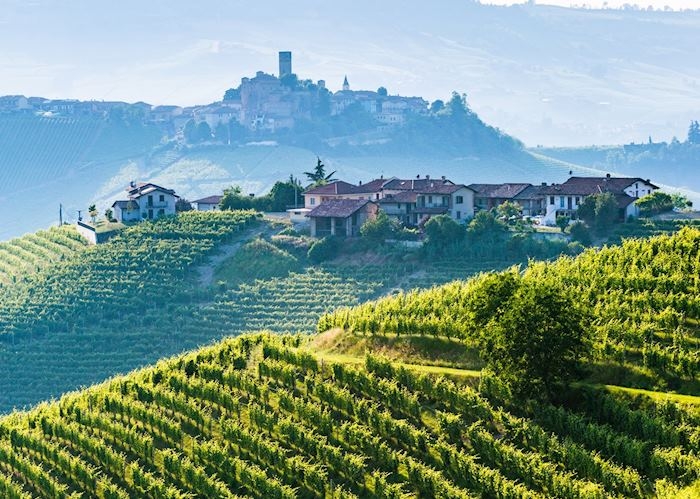Producers
Cascina Rabaglio
Born in 2005 thanks to the collaboration of tre young people, Rigo Filippo and his sister Daniela and Salatin Andrea, who decided to follow the footsteps of Filippo’s and Daniela’s grandfather, Giovanni Battista, among hazelnuts, grapes and from 2012 also wine. “Cascina Rabaglio” is the name of the farmhouse located in Alba, town of the white truffle, where the company of Filippo’s grandfather was born.
The vineyards are located in the Municipality of Alba, Treiso and Neive.
Nebbiolo, Barbaresco, Barbera and Dolcetto grapes, from which arise respectively Nebbiolo d’Alba, the vintage red wine Barbaresco, Barbera d’Alba, Dolcetto d’Alba, Langhe Arneis and Langhe Riesling are all cultivated by the three young friends.
In areas not suited to viticulture, the heaselnut Tonda Gentile delle Langhe naturally growes.
The cellar “Cascina Rabaglio” is placed in Barbaresco, a beautiful village in the heart of Langhe today inscribed on UNESCO World Heritage list.

Piemonte
From Asti Spumante to Barolo, the wines of Piedmont are among Italy’s most prolific and best rated. The region’s pedigree is apparent in its 58 DOC and DOCG zones, and although it is only the sixth largest producer in terms of volume, it has the highest percentage of classified wines in all of Italy. No IGT wine area is identified. This westerly region that borders with Switzerland and France is influenced by the Alps and Apennines (the name Piedmont means "foot of the mountain") and its seasons are very distinctive. Hot, dry summers, cold winters, and temperate springs and autumns are common with occasional fog during harvest time.
Undoubtedly it is the red wines that lead the way in terms of quality and cellaring potential with wines made from the noble Nebbiolo grape. The DOCGs of Barolo, Barbaresco, Gattinara, Ghemme and Roero all represent the grape at its finest: they are complex, alluring wines with extraordinary depth and great ageing potential. Barolo ("king of wines and wine of kings") is made in the Langhe hills with its output of 6 million bottles a year far exceeding that of Barbaresco at less than 2.5 million.



